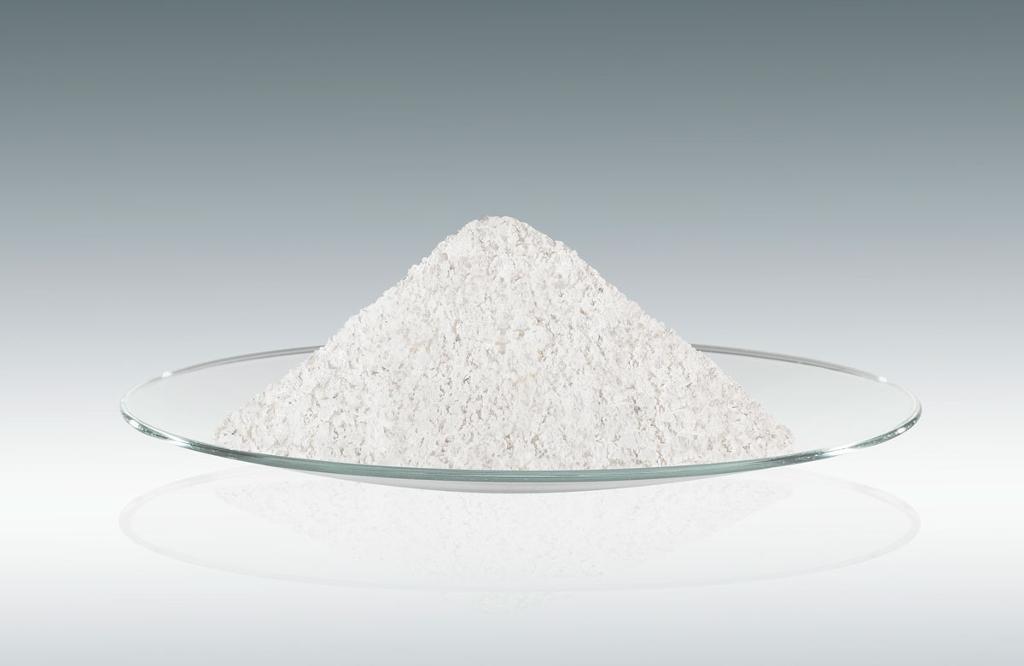
NEWS
In general, our range of products includes a variety of qualities with purities up to > 99.999%.
CrownRe’s emphasis is on non-oxide products regarding ceramic precursors. In addition, CrownRe offers yttrium oxide (Y2O3) as a classic sintering additive in ceramic materials such as silicon nitride (Si3N4) and aluminum nitride (AlN) and for stabilizing zirconium dioxide (ZrO2) (e.g. for use in oxygen sensors or dental technology).

Support along the entire process chain
To help ideas become successful solutions, CrownRe support our customers as partners in the development and optimization of materials, products and processes. Our application technology department has outstanding materials expertise, detailed knowledge of metallurgical and chemical processes and long-term experience in numerous innovative markets, applications fields and technologies. Moreover, we have an accredited chemical analysis department that monitors the manufacture of our products to precise specifications.
Yttrium oxide (Yttria Y2O3) is the most thermo-dynamically stable compound in the oxide group. It is resistant to many reactive molten metals such as titanium or uranium. In its industrial application as a pure ceramic, yttrium oxide is still a relatively new material. Particularly due to its extremely high temperature stability - up to approx. 2,200°C - and its outstanding resistance to alkaline melts with high oxygen affinity, this material is used in numerous special applications.
Suitable for use in many special applications
In the refractory field, the applying range includes use as a compound for applications that require stability at high temperatures, such as coating material for graphite in nuclear technology. Because yttrium oxide forms a solid solution with uranium oxide, it is also employed as a diluting agent of uranium oxide for nuclear fuel rods.
Other application of yttrium oxide include the following: as a precursor material for high-temperature superconductors (YBCO), in red luminophores for CRT monitors, in the production of yttrium and other yttrium compounds, in optical coatings, in the manufacture of IR and UV translucent glass (together with thorium dioxide), as a component of high-temperature superalloys and ODS (oxide dispersion strengthened) materials and massive ceramics, and in coatings for semiconductor production technology equipment (reactive ion etching – RIE).